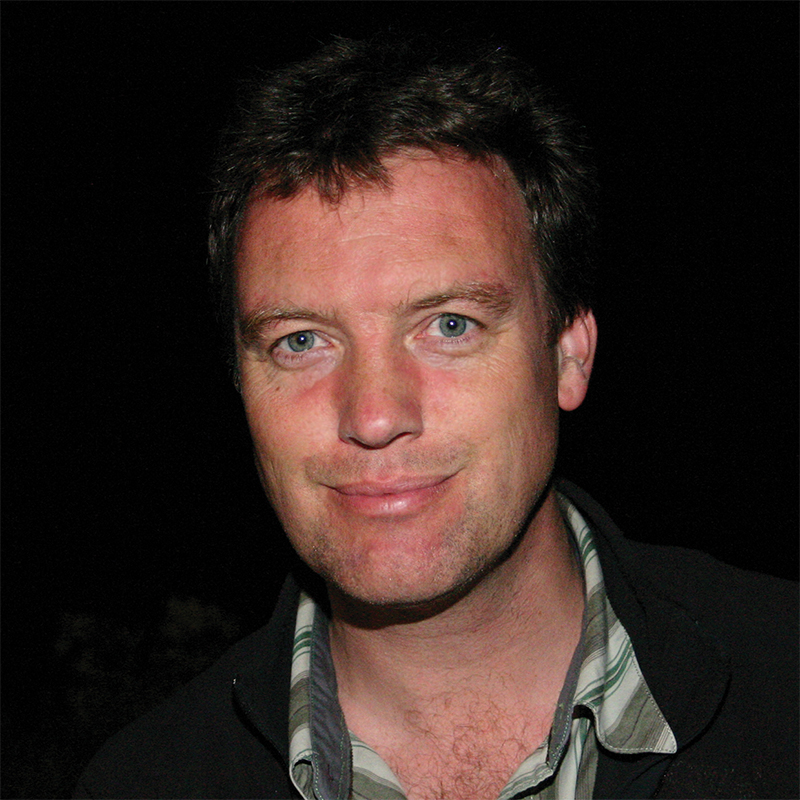A zip folder containing materials required for this 'How to' is available here.
Binoculars are invaluable tools for amateur astronomers, but for effective use they need to be held steady for long periods of time.
This is both tiring and challenging, particularly if the binoculars are heavy.
This month we’re going to build a table-top binocular mount with an adjustable mirror and pivoting base for hands-free observations.
With this,you can simultaneously take notes, makesketches, or even share the view with companions.
Best of all, at alltimes you look downward into the binoculars at a comfortable angle, soyou never have to suffer that crickedneck feeling again.
Finish - Exterior quality gloss paint or varnish, or an oil or wax finish, depending on the wood and the effect required.
Materials - 12mm plywood for mirror base and round base; approximately 2.7m of 32x18mm softwood or hardwood; 205x152mm front-surface mirror.
Sundries - No.8 x 1.25-inch brass woodscrews, three M8 x 60 countersunk bolts with wingnuts and washers, 12-inch vinyl record, felt furniture pads, rubber feet for base.
Tools -Tenon saw, coping saw, drill with bits for screws (8 for pivots, 4.5 for clearance, 2.5 for pilot holes) and a countersink bit, sandpaper, ruler, pencil, screwdriver.
Beware of the ghosts
Our design uses stock-sized timber and requires only minimal woodworking skills.
The type of mirror you need is a first- or front-surface mirror.
This means the reflective surface is on the outside face of the glass, rather than underneath it asin a typical mirror of the type you might have in your bathroom.
The reason why is that front-surface mirrors produce a single clean reflection, whereas the bathroom type produces a second ‘ghost’ imagefrom the outer layer of the glass.
The mirror surface is delicate, socare is needed when handling it; we’dalso recommend a cover to protect itand prevent dust building up whennot in use.
We sourced our relatively inexpensive mirror from Vacuum Coatings (www.scientificmirrors.co.uk), but there are other companies you could purchase one from.
The quality of the mirror surface is important – ours is fine for binoculars in the 50-70mm range and we have designedthe mount to suit binoculars of this size.
Larger (say 80-100mm) binocularscould be accommodated with a scaledup design, but the quality of the mirror and subsequent cost may become the limiting factor – it is worth discussing your requirements with the mirror supplier if in doubt.
All the timber frame parts are made from 32x18mm wood, which is a common size found in DIY stores.
We were luckyto obtain some nice hardwood, but good quality softwood is fine.
The round base and the mirror base are made from an offcut of 12mm plywood, but a similar thickness of MDF would be ok.
Thepivots for the mirror and base are M8bolts with nuts and washers.
A wingnutis used to tighten and loosen the mirror during repositioning.
The special low friction base is just an old vinyl LP record (Holst’s The Planets would be most appropriate) stuck to a plywood disc, with some felt pads under the frame gliding around above it.
Alternatively, you could simply movethe frame about on a smooth surface or improvise a tripod mounting.
Use the pivot hole position to determine thecentre of gravity or balance point if you take the tripod route.
The mount is delightfully simple touse: just sit it on a suitable table, turnit so it is facing the area of sky you wishto observe, and then rotate the mirrorto bring the view into position.
Wefound it was quite easy to look into the mirror along the top of the binocularsto achieve a close enough aim.
You doget a reversed and upside down view ofthe sky, which takes a little getting usedto, but is made up for by the steady, comfortable views and resulting abilityto discern faint detail.
